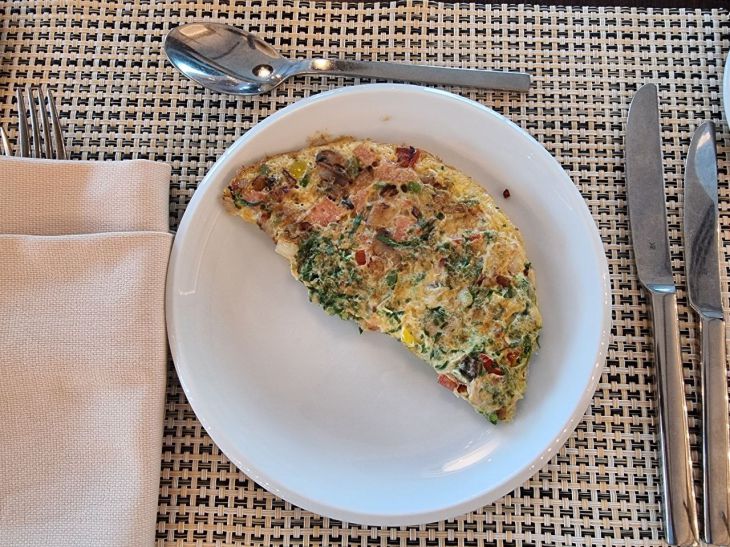The omelette is a standard morning dish that is extremely popular in many countries, including Spain.
However, Spanish gourmets prepare the dish in a different way than in Belarus, Russia, France or the USA.
Residents of the kingdom on the Iberian Peninsula use a secret additive that makes breakfast incredibly appetizing and very filling.

We're talking about... potatoes.
Yulia Arkhipova, an expert in the field of cooking for the online publication Belnovosti, a chef and fourth-class baker, spoke about the Spanish version of the omelette.
How to Make a Spanish Omelette
First, prepare the above-mentioned secret ingredient. Peel half a kilo of potatoes and cut the tubers into circles. The thickness of each piece should be about half a centimeter.
Place the chopped vegetable in a saucepan, cover with cold water, add salt, place the container on the stove, turn on the burner and set the timer for 6 minutes.
While the potatoes are cooking, prepare the other ingredients: grate 150 grams of cheese, cut 200 grams of sausage into cubes, chop one sweet pepper, one onion and three cloves of garlic. Heat all the vegetable ingredients in a frying pan. The duration of this culinary procedure should be 5 minutes.
Next, combine the following ingredients in a deep container: partially cooked potatoes, hot garlic-pepper-onion mixture and sausage product. Salt, pepper and mix the mixture well.
Next, take a baking dish and grease its inside with butter.
Place the sausage and vegetable mixture into a container and pour over it a mixture consisting of eight raw eggs, 200 grams of sour cream and half of the previously grated cheese.
Sprinkle the future dish with the remaining cheese and put the form in the oven. The Spanish omelette should be baked for half an hour at a temperature of 180 degrees.
For reference
An omelette is a fried egg to which milk or another liquid is added, such as water, cream, broth, decoction, juice and, in some recipes, a small amount of some flour, such as wheat, oatmeal, buckwheat, barley, rye, potato, or pea.

